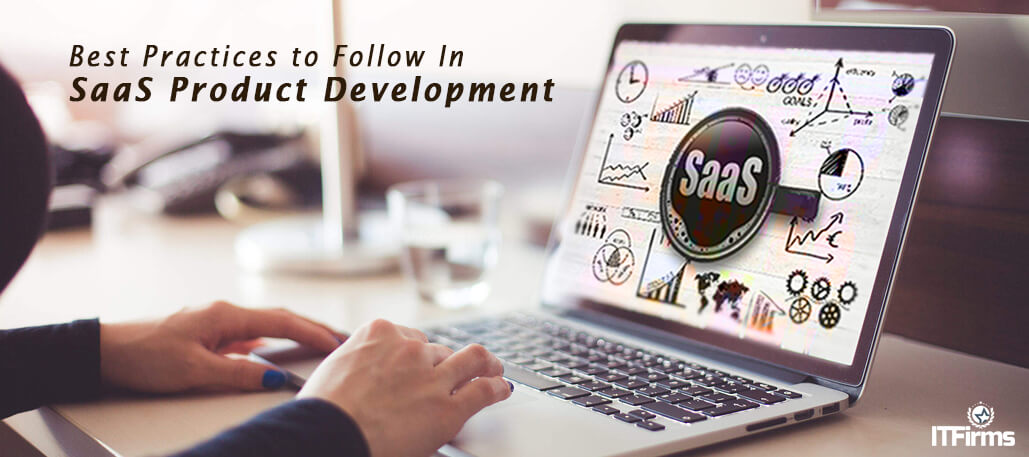
Best Practices to Follow in SaaS Product Development
Cloud-based systems are becoming the first choice of businesses these days. As they are proving to be more accommodative to advanced user needs and are far responsive and competent over traditional methods of venturing into online solutions.
This has made SaaS (Software as a Service) technology grow into a popular software development model to commit to advanced online product propositions and practicing resources. This phenomenon is disrupting the way industries operate and enterprises function to serve their purposes and catering to user needs.
Now, as it is achieving an intrinsic and resourceful value for enterprises and providers, it needs to be dealt with great authority and commitment to make sure you achieve the best out of your cloud-based solution.
Here are some of the expert-suggested practices to follow as you attempt to build your SaaS product.
1. UX Design: The first thing you do as you start building any solution is creating the interface. It is one thing that connects you with your users and communicates your purpose, idea and value to them. So, when you plan to build a solution on SaaS, it is no different and you need to take care of UX every bit as it would define how well you achieve the solution in the end. Hire expert UX developers who can define and design your communication interface well referring to your SaaS app development needs. Better, if they have such prior knowledge.
2. Wireframe Development: To bring all the design elements well in conjunction with the structured flow and communication resources you need to first translate your idea in functional prototypes. This should represent the stream of events and connect different interface components in a close tandem within a comprehensive theme to reveal best of value to the users. This will assure you the right way to approach and execute a perfect design for your SaaS product.
3. Adapting to changing requirements: No software product is developed to be used forever all at once. There is always the scope and need of upgradation and upkeeping in your product and you need to keep adding to its value and fix it from time to time to keep it relevant and useful across different spans and situations. This is also important from the security perspective. To keep your SaaS product working with those changed requirements and preferences of people and the environment in which it operates, you need to plan its scalability and adaptability and procure and serve it with best of value propositions and agility for it.
4. Cloud Infrastructure: You have services like AWS (Amazon Web Services) available for software developers to host their applications on the cloud. With this you can select and pick your choice of operating system, platform, programming language, database and other services. So, with this you get the entire infrastructural support that is all equipped to serve you with your ranging infrastructural needs and changing requirements with your SaaS product. This saves you a lot of time and money as you get to just deploy your solution in an already built scalable facility. You get to save a lot of cost as you have to just pay for computing, storage, power and the resources used in the operations.
5. Design Documentation: To assure the most of functional alignment, practicing authority and best of results with SaaS product development, you need to put all the design into a well-documented form and compile it following standardized methods and ideal practices in design documentation. This requires you to define and sort your design into different modules and sprints to make it easy for SaaS development to move smoothly and effectively, even when it is split across locations and different undertakings. This not just provides a roadmap to the design but also aids substantially in coding and quality analysis.
6. Technology: The technology you choose to work with has a great implication on how well you are able to roll out the solution. This is because you need to have a strong solution from the perspective of cloud security and at the same time look into the range of features and possibilities offered by the technology platform to help you build your solution as required. Also, you have to establish the balance between different resources available to you against the corresponding cost associated with each one of them. While you select your cloud app development technology, it is also advisable to look into the multi-tenancy and scalability aspect of the solution as this will decide how much you are in control of the solution’s maintenance and upgrades in future.
7. Quality testing: Testing is one of the most crucial parts of raising a SaaS product well. There are different aspects of a cloud-based app that are different from those of the regular web apps. These majorly include different security options and data transfer mechanisms. In order to get these right quality testing for SaaS applications needs to be properly guided, highly rigorous and fairly stringent in its practices and should be agile and continuous in its approach. This makes sure that you get the best quality results from SaaS app development as you make it immune to every possible security threat innate to the cloud environment and make it flow smoothly without any process lags and downtimes.
Final Words
These are some of the best practices that you should follow to get all your things in place related to SaaS product development. Going with these you would cover almost everything that should be intrinsic to the idea of your cloud-based solution and you would be in total control of project concept development, supervision, execution and maintenance – taking good care of factors like authenticity, validity, quality, and security.
